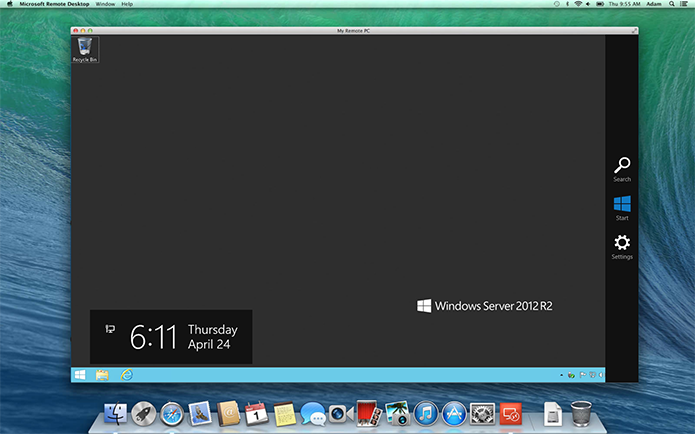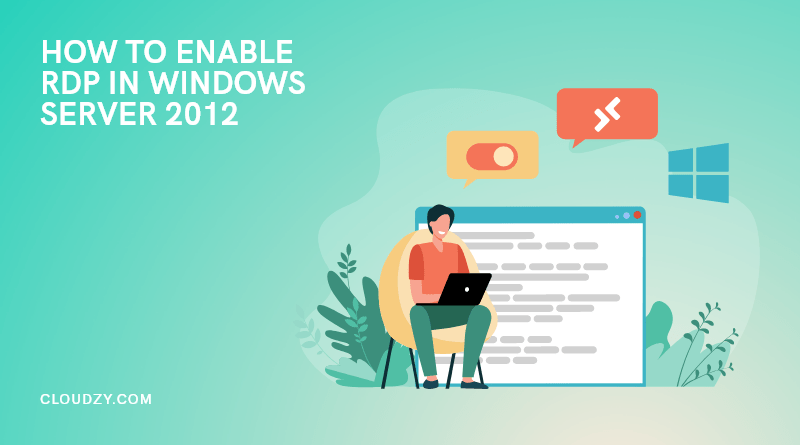
- RDP CLIENT FOR MAC TROUBLE WITH WINDOWS SERVER 2008 R2 INSTALL
- RDP CLIENT FOR MAC TROUBLE WITH WINDOWS SERVER 2008 R2 GENERATOR
- RDP CLIENT FOR MAC TROUBLE WITH WINDOWS SERVER 2008 R2 WINDOWS 7
- RDP CLIENT FOR MAC TROUBLE WITH WINDOWS SERVER 2008 R2 PROFESSIONAL
RDP CLIENT FOR MAC TROUBLE WITH WINDOWS SERVER 2008 R2 INSTALL
To resolve this issue, use one of the following methods to obtain and install the update.

In this scenario, the remote desktop session constantly disconnects and reconnects. You connect the computer to a remote desktop by using Remote Desktop Protocol (RDP) 8.1 through a Remote Desktop Gateway (RD Gateway) server over User Datagram Protocol (UDP).
RDP CLIENT FOR MAC TROUBLE WITH WINDOWS SERVER 2008 R2 WINDOWS 7
You have a computer that is running Windows 7 Service Pack 1 (SP1) or Windows Server 2008 R2 SP1.
RDP CLIENT FOR MAC TROUBLE WITH WINDOWS SERVER 2008 R2 PROFESSIONAL
PS – Terminal Services is now known as Remote Desktop Services.Windows Server 2008 R2 Service Pack 1 Windows Server 2008 R2 Datacenter Windows Server 2008 R2 Enterprise Windows Server 2008 R2 Standard Windows Server 2008 R2 Foundation Windows 7 Service Pack 1 Windows 7 Ultimate Windows 7 Enterprise Windows 7 Professional Windows 7 Home Premium Windows 7 Home Basic Windows 7 Starter More.

There’s also new failover options (which I haven’t fully explored so I’ll not go into further detail on those yet), an unattended installation feature and more granularly defined cluster node behaviors in this latest generation of IIS. Not that I’ve been able to test but apparently I can now use 256 logical processors and 32 with Hyper-V).
RDP CLIENT FOR MAC TROUBLE WITH WINDOWS SERVER 2008 R2 GENERATOR
It has new tie-ins for the newly mentioned next release of SQL Server and an automator-like task generator (another wrapper around PowerShell). There’s also a recycle bin for those objects you really didn’t mean to delete and finally, a Active Directory Administrative Center, which is pretty much a commandlet wrapper that provides for task-based support administration (I’m on the fence about this one still). In addition to exe’s there’s also a number (more than 75) of new commandlets for PowerShell. djoin.exe can leverage an xml answer file for joining a client into Active Directory while it’s offline. Authentication Assurance for Active Directory Federated Services allows for certificate mapping to OUs. Windows Deployment Services also got a bit of a feature boost, namely to ease the migration path into Windows 7. R2 adds DirectAccess and BranchCache, two new ways to have remote accessibility for remote clients (rather than using a VPN) and remote workers respectively. It also has a Best Practices Analyzer for each service and a new rev of PowerShell (along with a number of PowerShell commandlets wrapped in GUIs).īut Charles, you said Windows 7? Sure I did. R2 also supports remotely connecting to another servers Server Manager console, which will likely reduce the number of times you’re establishing Remote Desktop connections to hosts. Having said that, Hyper-V becomes more mature with each release and is now fully integrated into Windows Server. While all of this new stuff is great to have, Microsoft is still not going to give VMware much of a run for their money as ESX jumped a whole new level forward with vSphere. Microsoft also fine tuned their application publishing environment, RemoteApp, their terminal services proxy, now called Remote Desktop Services Gateway) and and tweaked RDP to include a number of new Windows 7 like features. You can also more rapidly provision virtual machines with Channels and saved hardware profile templates. This includes failover in Cluster Node Connectivity Fault Tolerance. SC VMM, or System Center Virtual Machine Manager in 2008 R2 is more useful than ever in that you can get a dashboard of what you have in motion and move guests between hosts from a single console. One of the biggest new features in R2 is one that VMware has had for about 5 or so years in Live Migration, the ability to move a virtual machine, while it’s running (assuming the application in use supports the ability to do so and that you’re using Clustered Shared Volumes). Can you say virtualization? How about “better together”? Do you care about Hyper-V or Windows 7 integration right now? If the answer to either question is yes (and in my experience that’s not always actually the case) then you will want to check out R2.


 0 kommentar(er)
0 kommentar(er)
